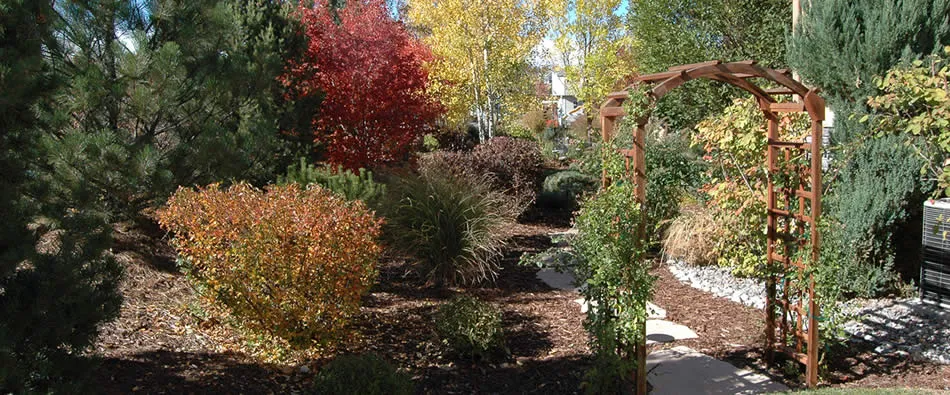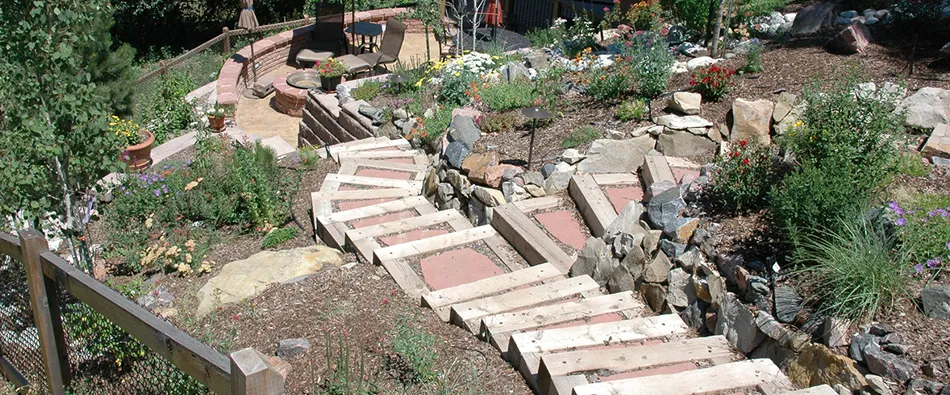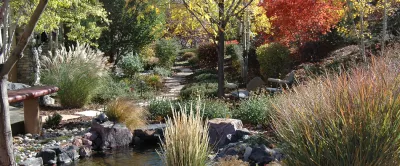Denver, Colorado
------------------------------------------------
Houseplants: Temperature & Humidity
The most important factors for plant growth are light, temperature and humidity. The environmental conditions of your house often vary and may require additional lighting and humidity.
The indoor environment in Colorado can be harsh for many plants. For example, certain plants native to humid, tropical rainforests may require special consideration when they reside in your Colorado home. In contrast, many plants native to arid, desert conditions may thrive with our low humidity. However, most plants do not adapt and grow well indoors.
Temperature is important for growing plants successfully indoors. Although plants tolerate temperatures that are slightly lower or higher than ideal, it does affect temperaturesgrowth and quality. The temperature preferences of indoor plants are categorized as cool, intermediate and warm. Cool is 40 to 50 degrees Fahrenheit, intermediate is 60 to 75 degrees and warm is greater than 75 degrees.
Humidity-the level of moisture in the air-can affect a plant's need for water. Plants use a process called transpiration to release water into the atmosphere through tiny openings in their leaves. High humidity slows this water loss. Plants grown indoors with low humidity lose more water through transpiration, so their root systems require more water.
During colder months, heating systems common in Colorado circulate dry, warm air throughout the house. Likewise, during the summer, air conditioning systems circulate dry, cool air. Both of these conditions create an environment that often has less than 10 percent humidity. This is a drastic reduction from the 70 to 90 percent relative humidity levels found in the native climates of most tropical plants. In addition, plants located near heating or cooling vents may develop leaf spots or brown tips.
Misting plants may help alleviate this condition, however, it must be done frequently to be effective, and it may promote some foliar diseases. A better solution is to place several plants together on a tray filled with gravel. Filling the tray with water provides the humidity many plants need. But make sure the bottom of the container does not stand in water, because the soil will become water-logged and cause root damage. Using other humidification devices or hosing down the floor around your plants may also help.
-----------------------------------------------------------------
Contact us for your entire landscape design, construction and maintenance needs at:
Come take a peek at our gallery page, click on each photo for a full display:






